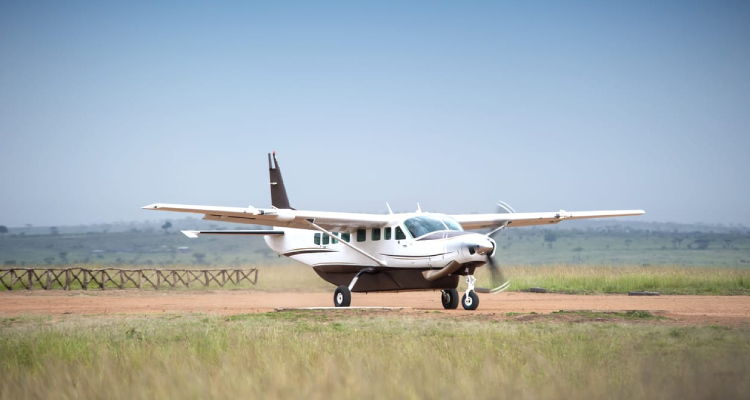
Aviation is one of the safest modes of travel, and it didn't achieve this distinction by accident. Behind this safety record is a robust approach that focuses on redundancy to eliminate single points of failure. This article dives deep into the role of redundancy in aviation safety, its different forms, and why it’s an essential aspect of aircraft design and operation.
What is Redundancy?
In aviation, redundancy refers to the provision of additional systems or components that can take over if the primary ones fail. The objective is to ensure that an aircraft can continue to operate safely even when faced with unexpected malfunctions or errors.
Redundant Systems in Aircraft
Hydraulic Systems
Many aircraft feature multiple hydraulic systems. If one system fails, others can take over to control essential functions like landing gear or flight control surfaces.
Electrical Systems
Aircraft are designed with backup electrical systems and batteries, ensuring power availability for critical instruments and communications.
Navigation and Communication
Redundant GPS units and communication systems are installed to facilitate navigation and ensure uninterrupted communication with air traffic control.
Engines
Twin-engine and multi-engine aircraft inherently offer redundancy. If one engine fails, the other can often maintain sufficient flight characteristics to reach a safe landing zone.
Human Factor and Redundancy
Pilots are trained to manage system failures and to switch to backup systems when necessary. Copilots, or first officers, also serve as a form of human redundancy in the cockpit.
Regulatory Aspects
Aviation authorities like the FAA and EASA mandate stringent redundancy requirements for both commercial and private aircraft. These regulations focus on ensuring that backup systems are as reliable as primary ones.
The Economics of Redundancy
While redundancy enhances safety, it also increases costs due to extra components and maintenance. Nevertheless, the industry generally considers these costs as a worthwhile investment for ensuring passenger and crew safety.
Frequently Asked Questions
What is the purpose of redundancy in aviation?
Redundancy aims to eliminate single points of failure by providing backup systems, ensuring that an aircraft remains operational even during malfunctions.
Are redundant systems mandatory in all aircraft?
Regulations for redundancy vary based on the type and use of the aircraft. However, redundancy is generally mandatory for commercial aircraft and is highly recommended for private ones.
Does redundancy make aviation expensive?
While redundancy increases initial costs and maintenance, the safety benefits it brings are often considered a necessary and worthy investment.
Conclusion
Redundancy is an integral aspect of aviation safety, eliminating single points of failure and providing backup systems that pilots can rely on during emergency situations. With rigorous regulations and comprehensive pilot training, the aviation industry continues to make air travel one of the safest forms of transportation.
